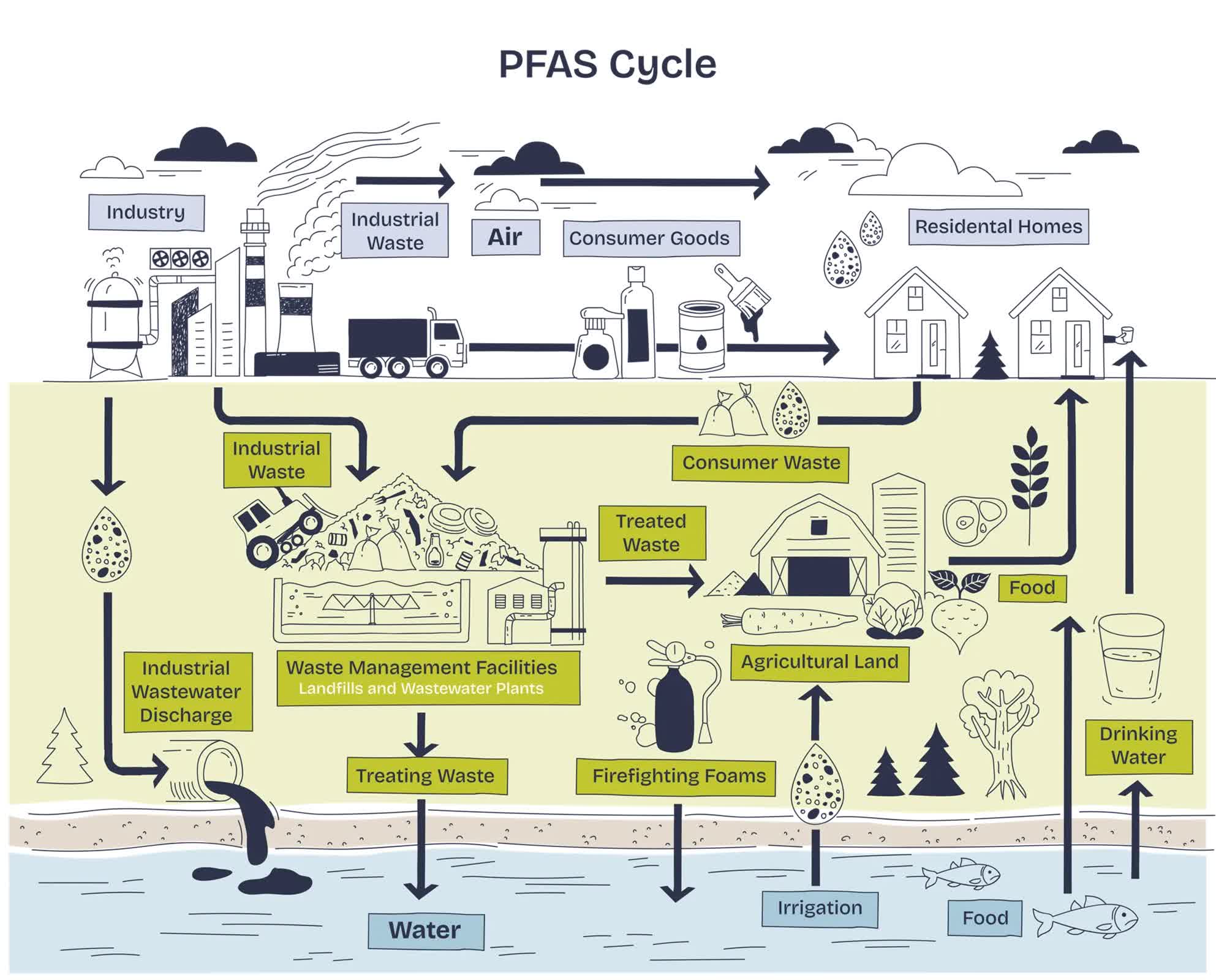
WWW.ZDNET.COM
How I used this AI tool to build an app with just one prompt - and you can too
Anna Bliokh/Getty ImagesHave you ever wanted to build your own custom application but didn't want to take the time to do any of the pesky learning that software development requires? If so, a new experimental project from GitHub might just make your dreams come true.GitHub Spark lets you build what the company calls "micro apps" or "sparks." These are very limited custom applications that perform one or two basic tasks. You create them through a chatbot interface, and when you're done, you get a spark you can (someday) share with all your friends. Also: Microsoft is offering free AI skills training for all - and it's not too late to sign upI recently got access to the preview and was able to do some testing. Fundamentally, the tool is extremely limited. But because there's an AI operating underneath, it's possible for the AI to do some very sophisticated AI magic within the very limited interface of Spark. Linking and configuring The first thing you need to do is link your GitHub account to Spark. Point your browser to https://spark.githubnext.com/ and log in with your GitHub account. If you don't have a GitHub account, you'll need to get one. Once you've logged in, you'll need to give permission. This is very similar to any other app that requires permission before first use. Screenshot by David Gewirtz/ZDNETOnce you're in the Spark environment, you'll see a standard chatbot interface. If you click the little control panel icon, you can choose the AI model you want to use. I've had some good success with GPT-4o and coding, so that's what I chose. Screenshot by David Gewirtz/ZDNET What do you want to build? I thought a lot about what sort of app I'd want to build. Examples included habit-tracking applications, an allowance tracker, a map app, and a karaoke night planner. Basically, they were all apps that presented a form consisting of fields and buttons and performed some business logic based on the data being entered. But the entity doing the business logic calculation wasn't a typical forms manager. Instead, it was GPT-4o. So what if my business logic was something insanely complex and difficult for a regular algorithm but easy for an AI -- all wrapped in a very simple UI? I decided I wanted to create a tool that would allow me to paste in a block of code. The app would tell me what the code did, what language it was written in, any observations about areas where there might be a problem, and maybe a detailed breakdown of the lines of code. Think about that. In years past, that would have been a multi-million-dollar project if it could have been done at all. But I just fed Spark a single line: "A tool that examines and explains source code." Screenshot by David Gewirtz/ZDNETThen I hit "Go." The result was the interface shown below. On the left is a pane that theoretically allows you to iterate on what the app will do. The middle pane consists of the code generated from the prompt. And the right pane is the user interface Spark created for the app. Screenshot by David Gewirtz/ZDNETI fed it the buggy regular expression code from my programming tests just to see what it would do. Screenshot by David Gewirtz/ZDNETAs I suspected, GPT-4o was quite capable of analyzing a code snippet. I didn't find the result as useful as I wanted, so I decided to refine what the application would do for me. Customizing the application You make changes through the Iterate field in the leftmost pane. I told GPT-4o that I wanted it to: Display the language of the source codeProvide a short one- to two-sentence description of what the code doesAdd a sentence or two describing any failings of the codeI presented that to Spark in that field and hoped for the best. Screenshot by David Gewirtz/ZDNETThe results were impressive. The app did, in fact, provide me with the information I wanted. You can see that in the pane on the right side of the interface. It identified the language, provided a short description of the code, and outlined a whole bunch of problems with the code. It then provided the detailed explanation of the code that was part of the original requirement prompt, where I asked it to explain the source code. Screenshot by David Gewirtz/ZDNETThe results were impressive, but I didn't like the formatting. Stubborn, thick-headed, and non-responsive It was at this point that Spark began to show its limitations. As you can see in the leftmost pane of the above image, I tried to get Spark to remove the three asterisks at the beginning of each answer. I also tried to get it to turn the critique section into a bulleted list. Finally, I wanted to get rid of the second set of index numbers under the headings. I got the bullets, but Spark or GPT-4o ignored my other requests. My guess is that GPT-4o was writing in Markdown, but Spark's UI didn't parse Markdown correctly. Screenshot by David Gewirtz/ZDNETTo be honest, I have another 20 or so screenshots of my various attempts to get GPT-4o and Spark to clean up that presentation. I was so impressed that I could quickly build an app that explained code, but increasingly more frustrated that I couldn't get it to make a few minor presentation fixes that would have taken five minutes if I were coding it directly. One line of code -- a string replace command replacing three asterisks with the empty string, and another replacing two asterisks with the empty string -- would have cleaned up one presentation issue. Another string replace command, with a simple regular expression that searched for a digit followed by a decimal point at the beginning of a line and replaced it with the empty string, would have fixed all the presentation issues. I tried it, and you can modify the code generated by Spark. But if you do any additional iterations using the AI, any code you modify is overwritten, even if the AI modifications requested are nowhere near your modified code. Sharing is limited Eventually, I gave up on trying to tune the output formatting. Even with slightly ugly output, the tool itself was useful. So I decided I wanted to share it with everyone. You can do this by clicking on the share icon next to the named Spark and choosing to share it. Screenshot by David Gewirtz/ZDNETHere's a link to my Spark (but don't get your hopes up about using it). You can't use it unless you have a GitHub account. Even if you do, you can't use it unless you've been accepted into the Spark preview program. I tried with another GitHub account and got this message. No Spark for you. Screenshot by David Gewirtz/ZDNET How consequential is this? No-code form generators have been available for years. I built one as far back as the early 2000s. Since the UI for such a tool is mostly a matter of choosing the controls (buttons, drop-downs, fields, etc.), along with placement and some pretty paint, it's not a very difficult prospect. While you can only do so much with form-based apps, you can actually build a pretty good variety of apps. These apps are usually of the information management kind, rather than productivity or highly interactive tools. Still, businesses can get a lot done within the confines of a form generator. Adding AI to manage business logic wildly expands the capability of such form generators, as my programming code analyzer showed. But AIs are also incredibly unreliable, so it's not clear you'd want to run mission-critical business logic through an algorithm managed by an AI. But again, for a moderately large subset of applications, this approach could be good enough. And that brings us to the iterative process that Spark offers. Because human-written code gets blasted into oblivion with each AI update, modification and customization the old-fashioned way is impractical. Unfortunately, the AI has a this-far-no-farther mentality, and once it builds some basic business logic, it stubbornly refuses to implement additional tweaks and modifications. That, sadly, makes this tool a mere curiosity, not a useful business resource. But on the other hand, that's not a terribly hard problem to solve. As such, given the very attainable task of increasing the capability of the forms generator and the equally attainable task of making iteration and changes more effective, I think GitHub Spark has the potential to be useful. I'd like to see a way for human-written code to coexist with AI-written code. And I'd like to see a way for Sparks to run as standalone web applications without users having to be part of the GitHub framework. But those are also fairly achievable expectations. The bottom line is that this has the potential for being a usable, if constrained, tool. It's certainly not there yet, but give it a year or so of iteration. It will probably be capable of doing some interesting tasks. I'd say, stay tuned. There's likely more to come. Have you tried GitHub Spark yet, or are you still waiting to be accepted into the preview? If you've had access, what kind of app did you try to build, and how did it go? Were you impressed by the AI's ability to generate logic, or frustrated by the limitations when trying to make adjustments? And if you haven't used Spark, do you think tools like this could change how non-coders approach building apps? Let us know in the comments below. Get the morning's top stories in your inbox each day with our Tech Today newsletter.You can follow my day-to-day project updates on social media. Be sure to subscribe to my weekly update newsletter, and follow me on Twitter/X at @DavidGewirtz, on Facebook at Facebook.com/DavidGewirtz, on Instagram at Instagram.com/DavidGewirtz, on Bluesky at @DavidGewirtz.com, and on YouTube at YouTube.com/DavidGewirtzTV.Artificial Intelligence Editorial standards
0 Comentários
0 Compartilhamentos
61 Visualizações











